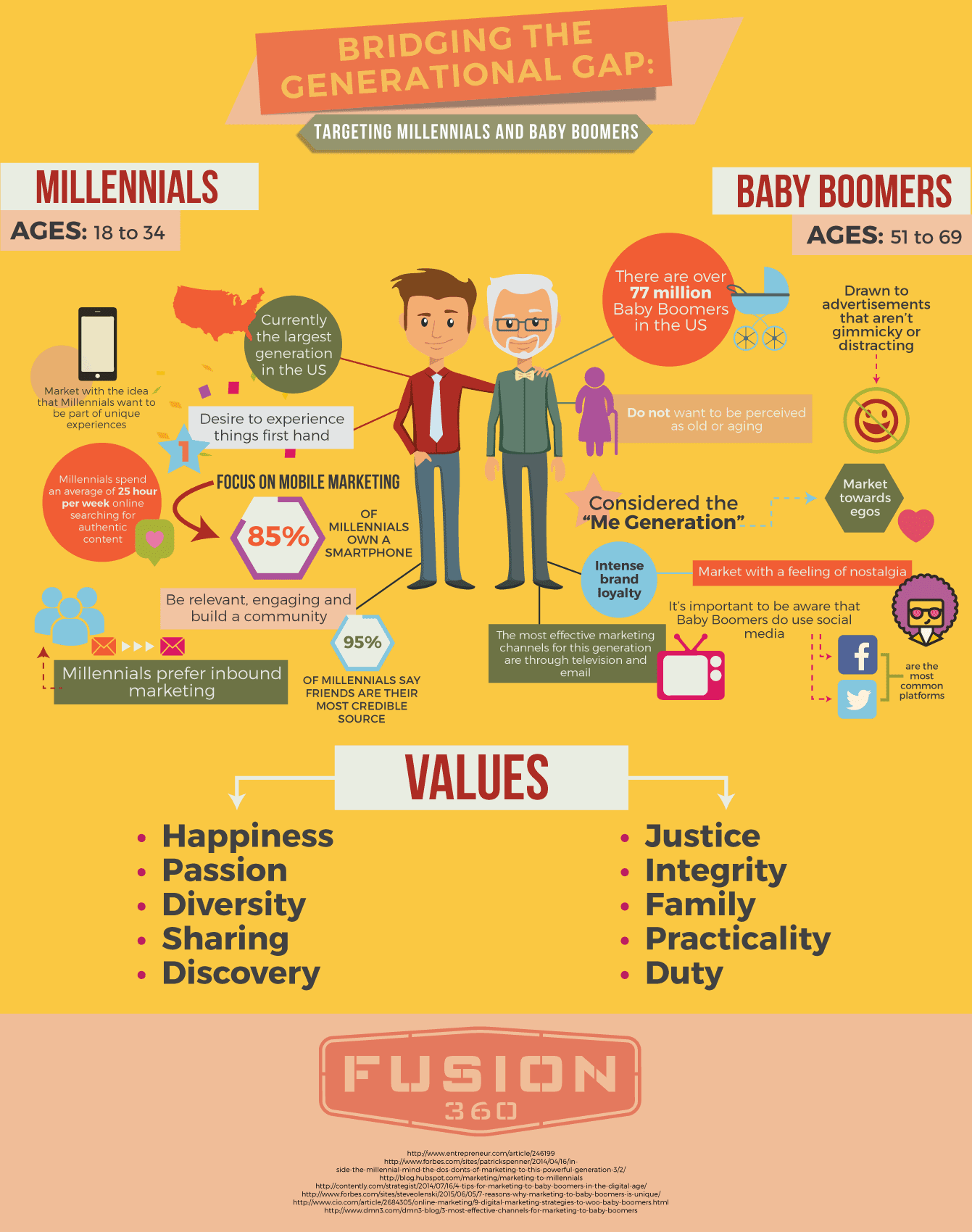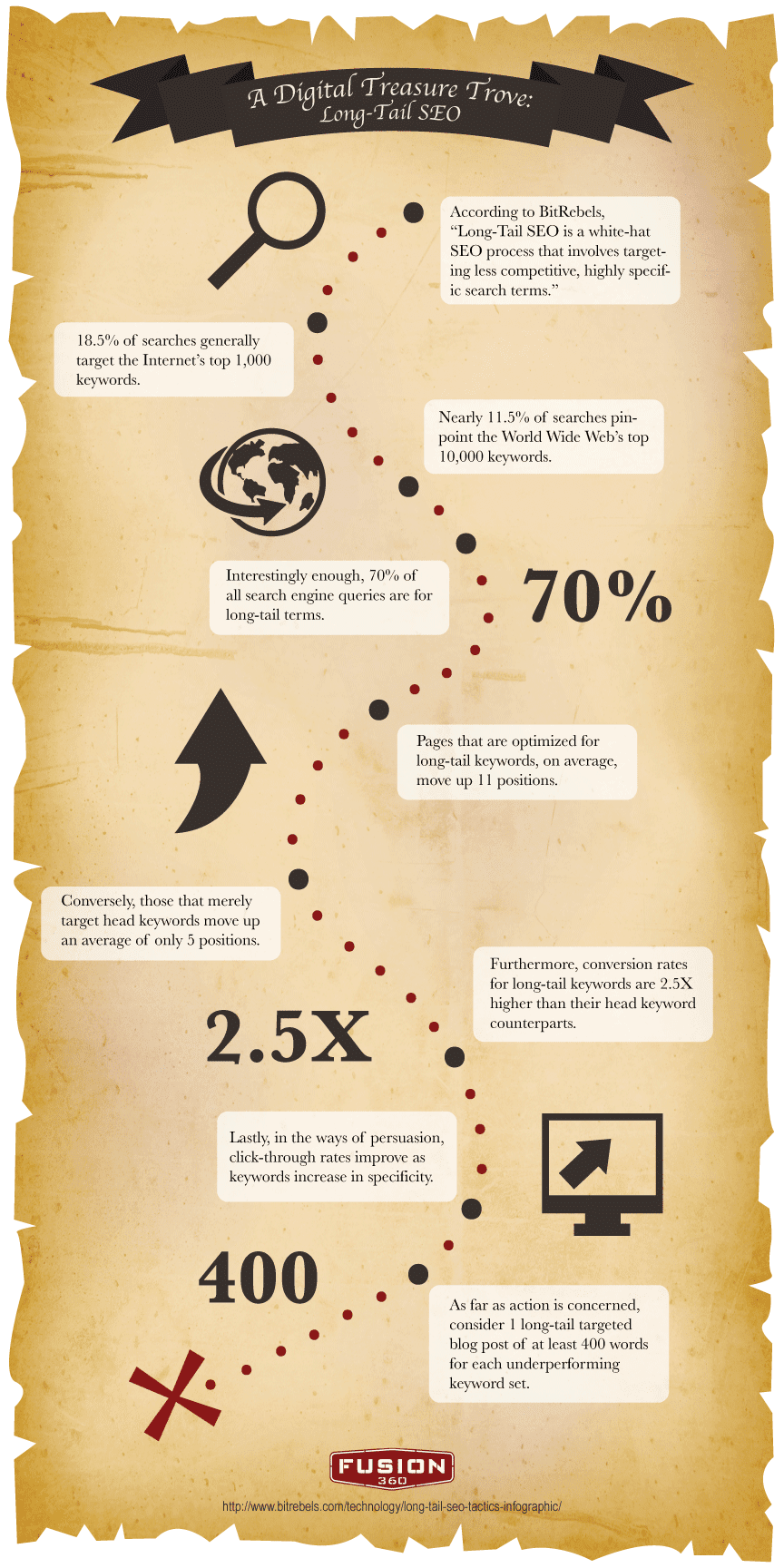Building a company is many things, but one thing that it will always be is a challenge. There are numbers to crunch, people to hire and products to build. With all of that to consider, sometimes Entrepreneurs miss the most important part: marketing.
Learning how to market your company can be the very thing that makes it successful. Although the rest is important, without marketing there will be no customers; without any customers, there would be no sales; and without sales, there will eventually be no more business. That’s why learning the tricks of startup marketing is not just important—it is vital.
Keep Company Goals in Mind
Before anything is solidified within new companies, they first must set goals. Both short-term and long-term goals will set the standards for future actions within those companies. Therefore, these same visions must be kept in mind when entering the marketing phase. Understanding the purpose of the startup will direct a company towards the right key publics, deciding which consumers are the right consumers to target. Zeroing in on a few specific types of people is important. If a company attempts to market to everyone they will usually find themselves left with no one, especially with the limited resources of a startup.
Figure out which types of consumers would be most likely to fulfill the goals of the company. What kind of person would buy your product or use your service? Once you figure out who your audience is, learn everything there is to know about them. This will then guide the rest of the marketing process because different consumers obtain their information in different ways.
Piggyback On Partnerships
When it comes to a starting a business, the best way to learn is from those who have already been through the same exact thing. Find established companies with whom you can partner with. Find out how you can help their company and they will most likely be happy to help yours in return. These companies can not only act as a mentor but can feature your product on their blog or website that already has solid followers.
Make sure to find a company, however, who fits in with your personal brand identity. It is better to learn from someone in the same industry. Also, it is important to partner with a company who is trying to reach the same audience as you. This way it will make it easier to reach out to your key consumers. Associating with a well-known and well-loved company can be the “in” that establishes your startup as noteworthy. If the big-wigs thinks it’s cool, then it must be.
Developing Content and Establishing a Brand
Perhaps the most important part of marketing a startup is creating content that will stick. Consumers want content that relates to their lives and is interesting. Establishing branded content will help any startup connect with their target audience. The brand must be something that the audience feels they can connect to and be a part of. Gone are the days when selling a product was about convincing people; millennials now want brands that allow them to join in and become involved.
The best way to do this is to avoid promotional content. Companies need to discuss topics within the industry or present interesting findings to consumers who care. Provide legitimate information that gives the chance for consumers to join in on the discussion with companies.
Don’t Forget Social Media
In order to give consumers that chance to converse, companies must have a presence on social media. This may seem like a no-brainer since it is a free and easy way to get in touch with target audiences. However, it may be so easy that some companies put their focus elsewhere. Don’t forget that social media is one of the main communication channels of the modern age. It is now how people receive information every day. Not only that, but it provides an easy route to reach out to specific influential people in the industry and spark discussions.
Strive For a Viral Status and Incentivize Sharing
Take that social media to the next level by striving to make content go viral. This is a step that will come later for startups as it may not be easy to even gain the eyes of the target audience at first. Once a company becomes a little more established, however, think of ways to make content spiral and spread. This can be done through contests, urging people to tag or share with friends, holding events or extending questions in need of response. Keep the “sharing” goal in mind while developing content. Think about whether your consumers would not only be interested in the content, but would also be motivated to share it with their friends and family. That will eventually extend your brand to multiple publics, reaching the eyes of millions.
Keeping marketing in mind throughout the adventure that always comes with building a company from scratch is vital. There may be a lot to do, but don’t forget that marketing will eventually be what brings your company success.





